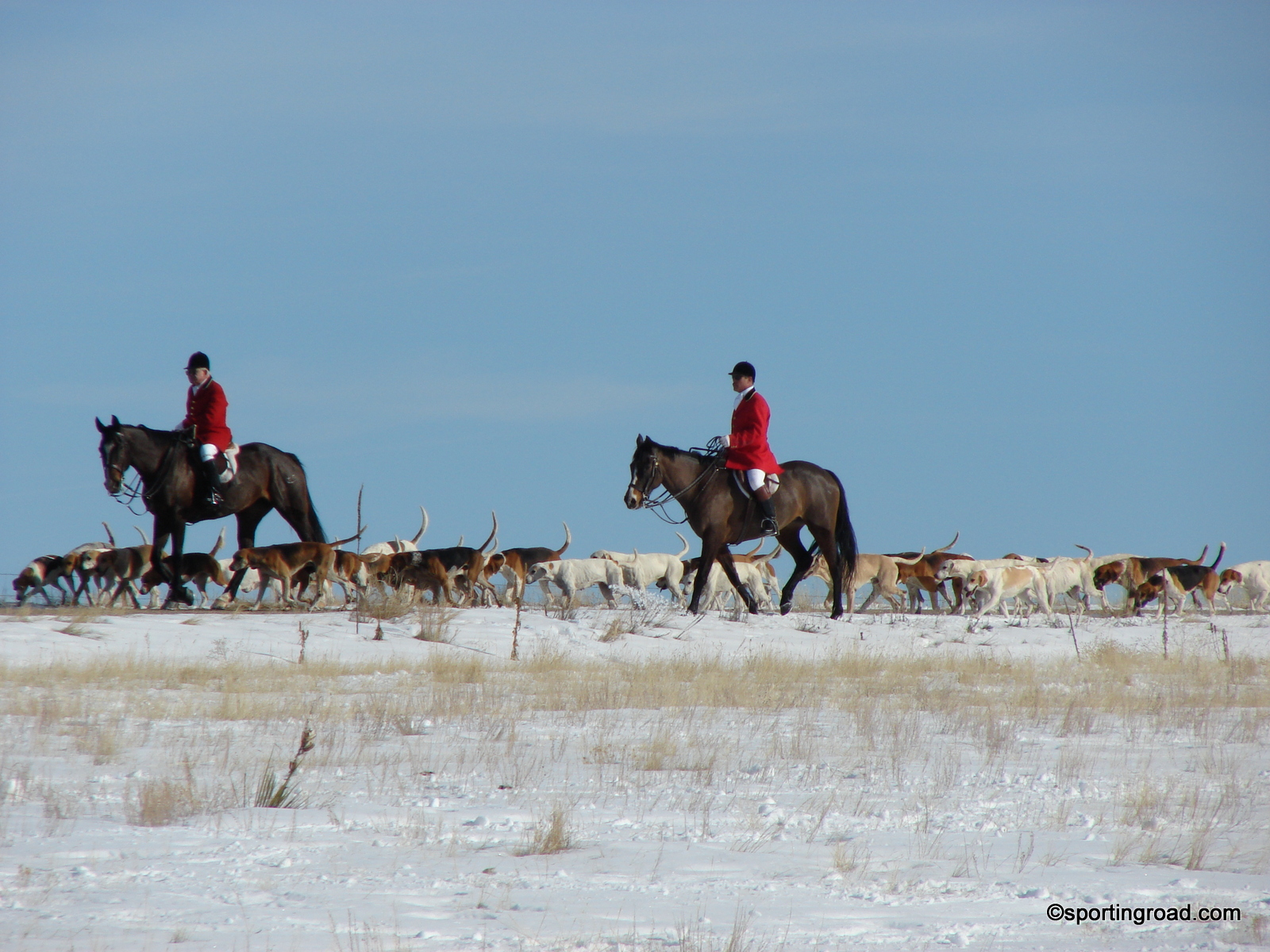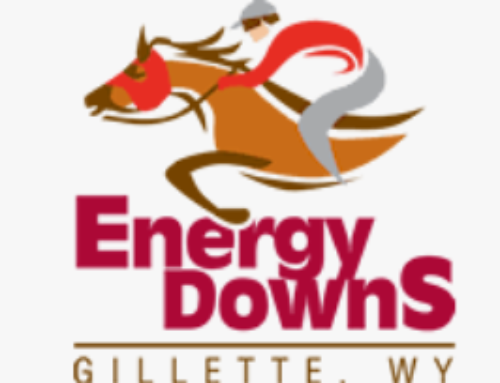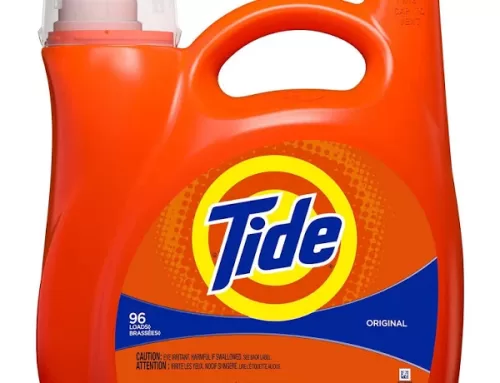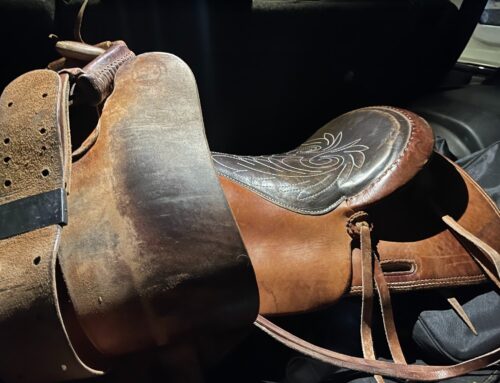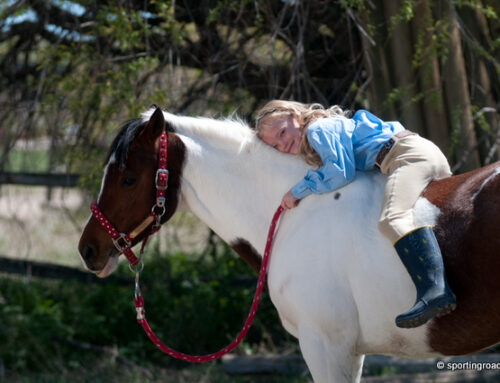This is a useful article this time of year, which interviews Marvin Beeman, DVM, MFH, on shoeing your horse for winter conditions, such as for foxhunting. It has instructions for your farrier, on both welded borium studs and borium tipped nails. Borium and borium nails are available from Oleo Acres: http://www.oleoacresfarriersupply.com/prod/nails.html
We have had good luck with Duratrack Borium Nails, Mustad borium, or Capewell Borium head nails, but when it really snows in December-March (and more importantly when it melts but the North-facing slopes are slick), you’ll be wishing you had the welded borium studs and not just the nails.
“Borium” when people speak of “borium shoes” is tungsten carbide shaped into a soft steel rod. The rod is 1/8″ to 1/4″ thick. To apply borium to a shoe, you need a set of acetylene welding torches, welding glasses, welding gloves, a safe work area, and the skill and training to weld. To apply borium, your farrier will first shape the shoes to fit the hooves, just as you would for summer shoeing. Before you nail the shoes on, add the borium as follows: Stack the shoes on top of each other, which helps avoid wasting heat. As you add borium to the top shoe, the next shoe down heats up, as well. Work on one spot at a time. Add a spot of borium to each heel and two spots at the toe, just ahead of the first nail hole. Get the spot up to welding heat and heat the borium rod at the same time. When the steel begins to puddle, pull the welding tip away, adding borium as you go back and forth with the welding tip and the borium. For a little traction, make a short spike; for more traction, make a taller spike. Adding borium takes a good amount of skill and practice, but the flexibility of its placement on the shoe and the excellent traction it offers make borium a good choice.
Read the full article on winter shoeing, click here:

